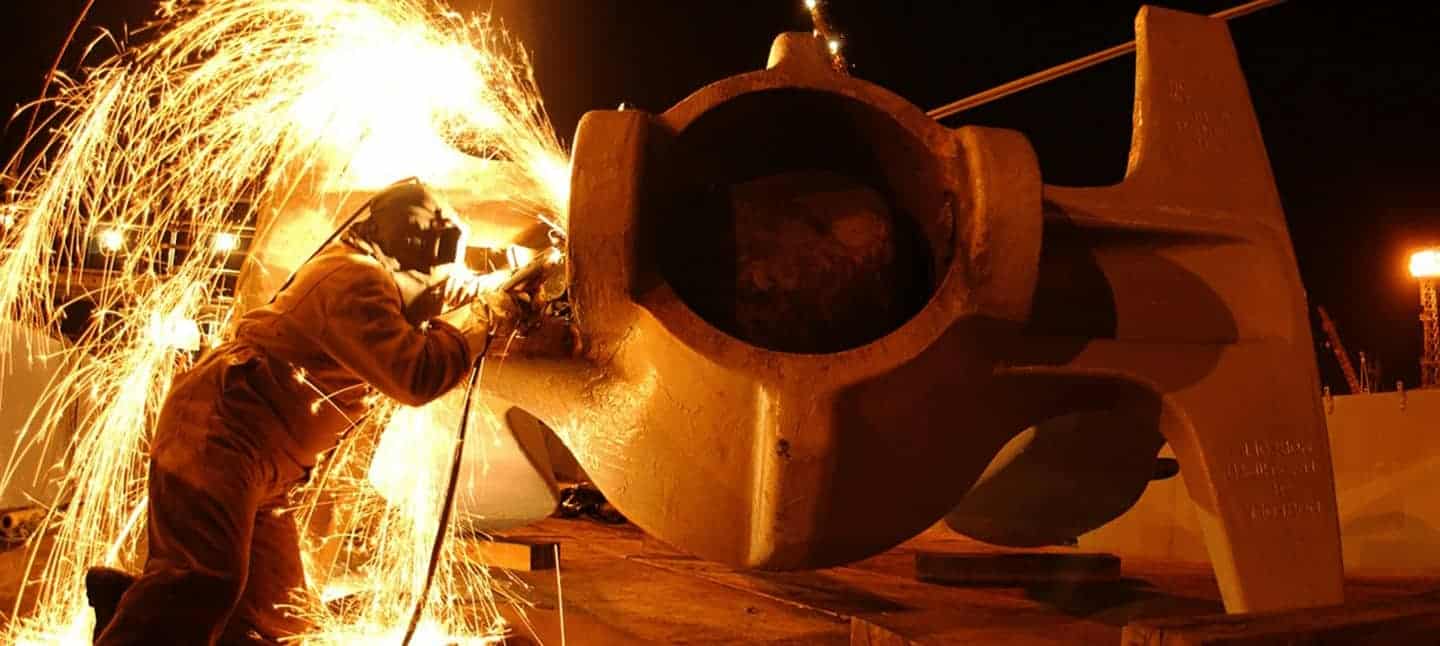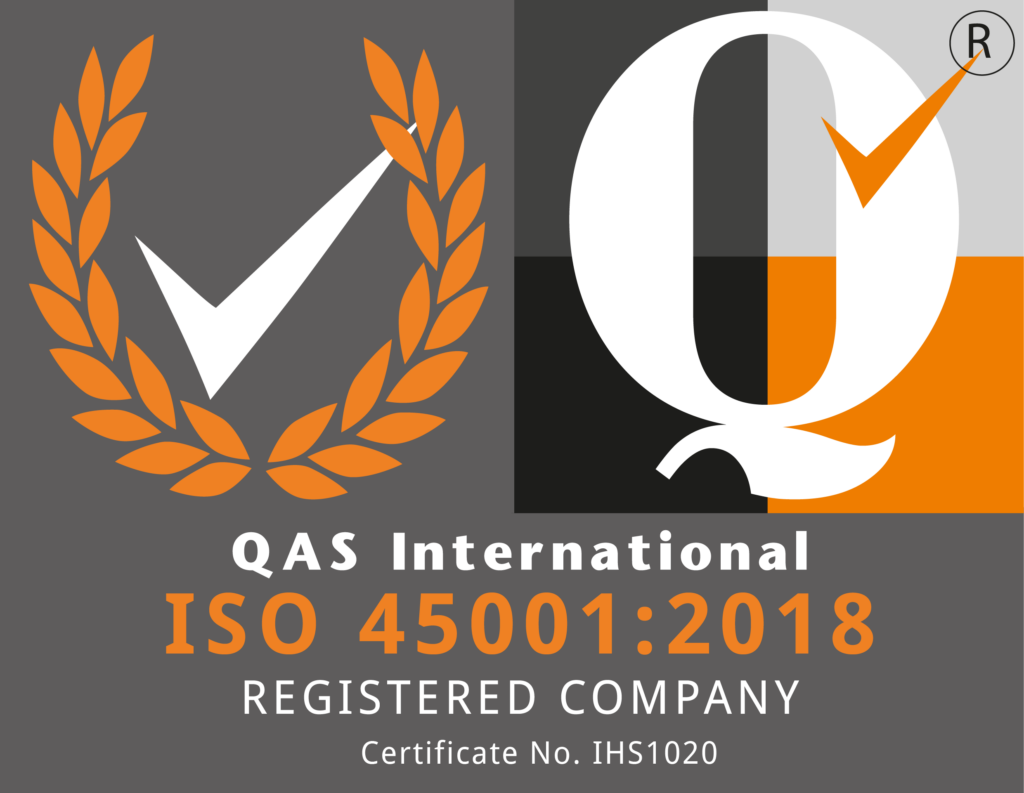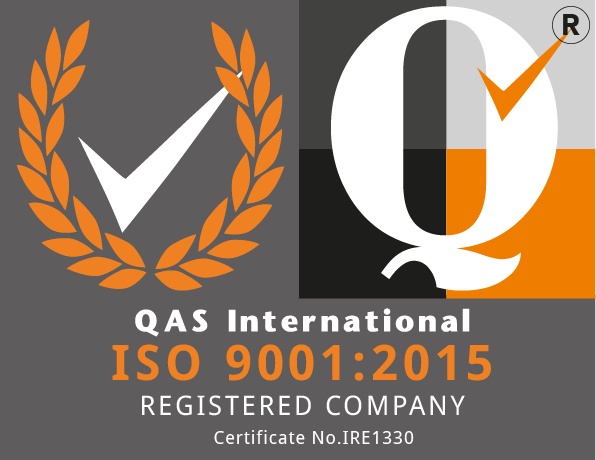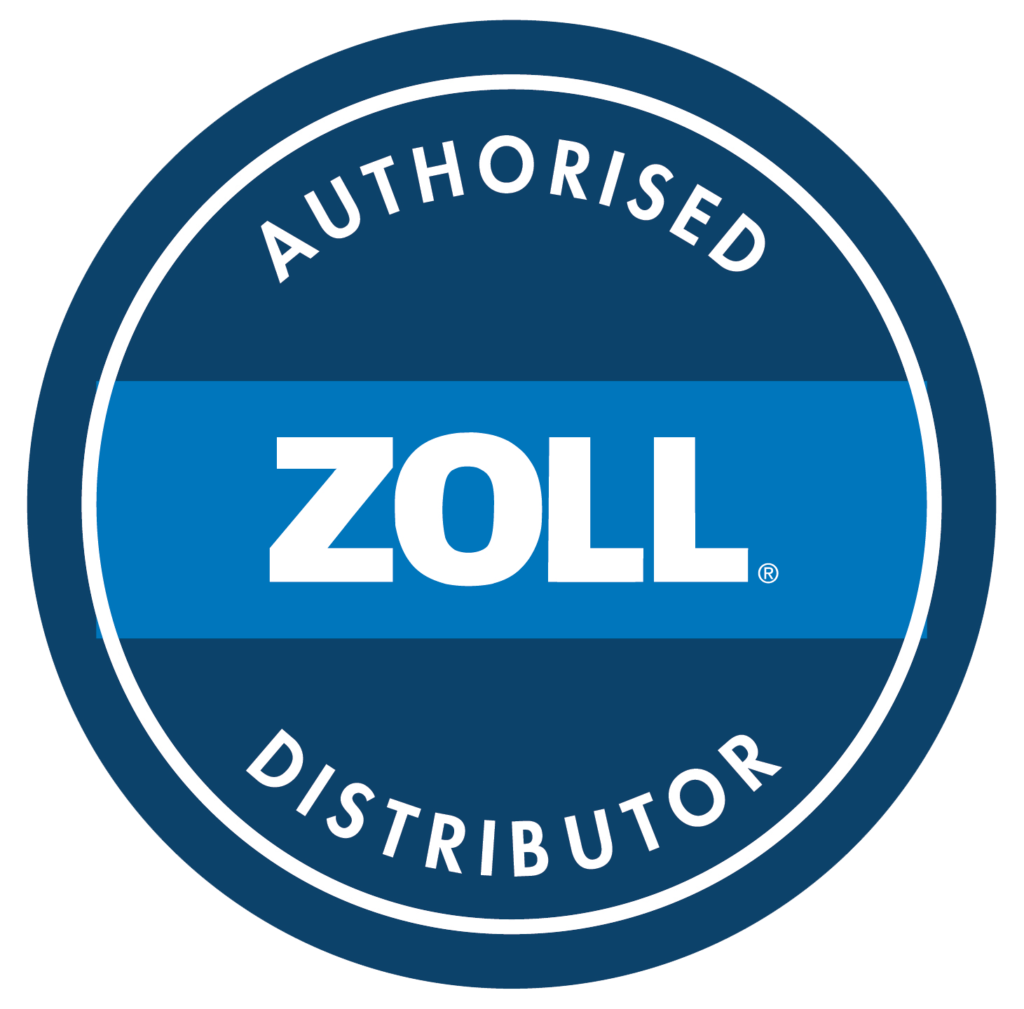Hot work can be defined as any operation such as brazing, cutting, welding, grinding, soldering, or torching that can cause sparks or flames.
Course Aims
- The safety of staff
- The prevention or effective reaction to a fire
- The safe use of fire extinguishers
Course Objectives
- Enable you to recognize different hot work processes
- Contribute to the fire risk assessment process
- Perform a visual safety check on gas cylinder systems
- Identify potential hot work hazards
- Complete and issue a Hot Work Permit
- Prepare an area for hot work
- Introduce safe hot work practices in your workplace
- Review contractor operations on site
Course Outline
- Chemistry, spread and class of fire
- Fire prevention
- First aid firefighting equipment
- Extinguish fires involving clothing
- Hazards of Hot Work
- Hazard Prevention Safeguards
- Personal Protective Equipment (PPE)
- Arc Welding
- Torch Welding, Cutting, and Brazing
- Cylinder Handling and Storage
- Hot Work Permits
- Training Methods
Classroom-based power-point presentation with practical elements and the use of portable fire extinguishers
Is this course for you?
- If you are responsible for issuing Hot Work Permits
- If you undertake hot work on-site
- If you responsible for engaging contractors
Duration
6.5 Hours
Maximum Learners
12
Certification
2 Years
Additional Information
Hot work often arises from construction and/ or maintenance activities. Hot work is work that might generate sufficient heat, sparks or flame to cause a fire. Hot work includes welding, flame-cutting, soldering, brazing, grinding and other equipment incorporating a flame, e.g. tar boilers, etc. Hot work can be very dangerous and stringent controls must be in place.










